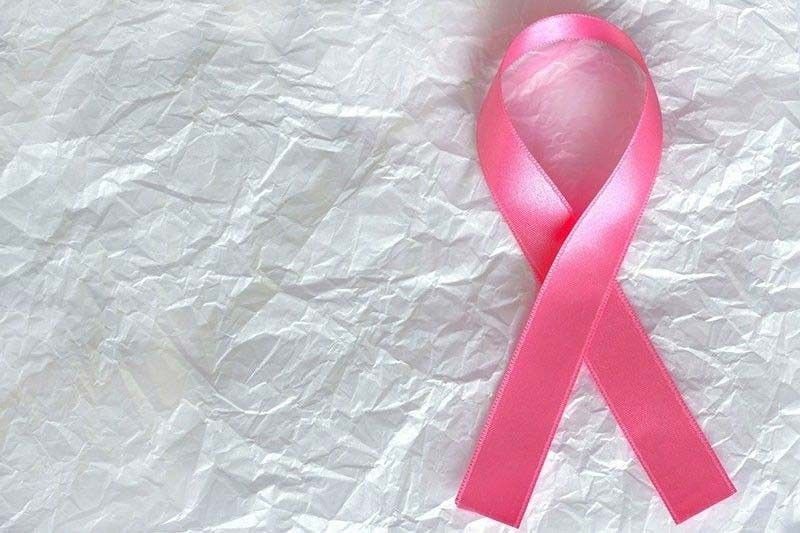A substantial boost for cancer care

The Philippines has been celebrating Women’s Month every March since 1988. This year, the Philippine Health Insurance Corp. (PhilHealth) has announced the perfect gift for women when it increased the “Z-benefit” package for breast cancer from P100,000 to P1.4 million.
The PhilHealth’s Z-Benefit packages was specifically designed for catastrophic illnesses, including breast cancer. These packages address conditions that can lead to extended hospital stays and costly treatments if not promptly managed. It encompasses essential services such as hospital room and board fees, in-hospital medications, laboratory examinations, operating room fees and professional fees.
This initiative from PhilHealth will mitigate the financial burden of patients who are greatly in need of accessing timely, quality and safe interventions.
According to information from the Philippine Cancer Society (PCS), approximately 65% of breast cancer cases in the Philippines are detected at advanced or late stages due to insufficient treatment and delayed diagnosis.
A separate study conducted by Ho, et.al. (2022), mentioned that reasons for late detection are due to the challenges such as the absence of well-organized cancer screening programs, the concentration of healthcare resources in urban regions, and high out-of-pocket expenses for screening all contribute to the delays. This underscores the urgent need for improved awareness, accessible screening, and timely intervention that will enhance outcomes for breast cancer patients.
In the recently concluded Philippine National Cancer Summit 2024, Dr. Corazon Ngelangel, who is also the president of PCS, shared the highlights of the Economist’s Impact Project, entitled "Impact and Opportunity: The Case for Investing in Women’s Cancers in the Asia Pacific (APAC) and Philippines," which was commissioned by the APAC Women’s Cancer Coalition and supported by Roche.
According to her, breast cancer deaths disproportionately occur in lower and middle income countries, thus the need for early diagnosis not only for breast cancer but also for cervical cancer, which is the second leading cancer for women.
The social impacts of breast and cervical cancers are clear. As these have indirect effects on psychological, emotional, social health and well-being, which especially affects women and extends to their children and family.
Dr. Ngelangel said that in lower- and middle-income settings, women are focused to prioritized family lives over their personal health challenges, resulting in suboptimal disease diagnosis and management. Hence, Asian women tend to be diagnosed with breast cancer at a younger age than in the west, about 40-50 years of age, facing a major strain on young families.
She also mentioned that the costs are quite high, when it comes to out-of-pocket payments, which are significant in the APAC region. High out-of-pocket expenses pose a significant burden to patients and their families, resulting in catastrophic health expenditure.
“For the Philippines, the country has big breast and cervical cancer burden with relatively higher incidence and mortality rates as compared to the whole of Asia and also the whole of the world”, Dr. Ngelangel said.
Based on the World health Organization (WHO) Global Breast Cancer Initiative targets a sustained reduction in mortality of 2.5% per year, which over a 20-year period would save 2.5 million lives.
The said initiative recommends that countries focus on risk cancer early detection programs to ensure at least 60% of breast cancer cases are diagnosed and treated as early stage disease; diagnosing breast cancer within 60 days of initial presentation and commencing treatment within 3 months of first presentation and ensuring at least 80% of patients complete recommended treatment.
Meanwhile the WHO’s Global Strategy to Accelerate the Elimination of Cervical Cancer, the 90–70–90 targets that must be met by 2030. The strategy includes achieving 90% complete HPV vaccination equates for the girls under the age of 15 years; screening 70% of women with a high-performance test by age 35 and again at age 45 years; treating 90% of women with pre-cancerous lesions or invasive cancers.
For the Philippines, the PhilHealth’s initiative in increasing the Z-benefit package for breast cancer is a good start, however there still a long way to go to achieve these global targets.
Investing in the country’s healthcare infrastructure, as well as increasing the healthcare workforce capacity, are imperative in the achievement of these strategies. Also, expanding the access to innovative health technologies across the cancer care continuum is very crucial.
Among others, our leaders must recognize the current challenges and demonstrate greater political will to implement a national elimination plan aligned with the recommendations of the WHO for both cervical and breast cancer. Dr. Ngelangel’s words during the summit rings of truth then.
Alvin Manalansan is the health and nutrition fellow of think tank Stratbase Institute and co-convenor of the UHCWatch.
- Latest
























